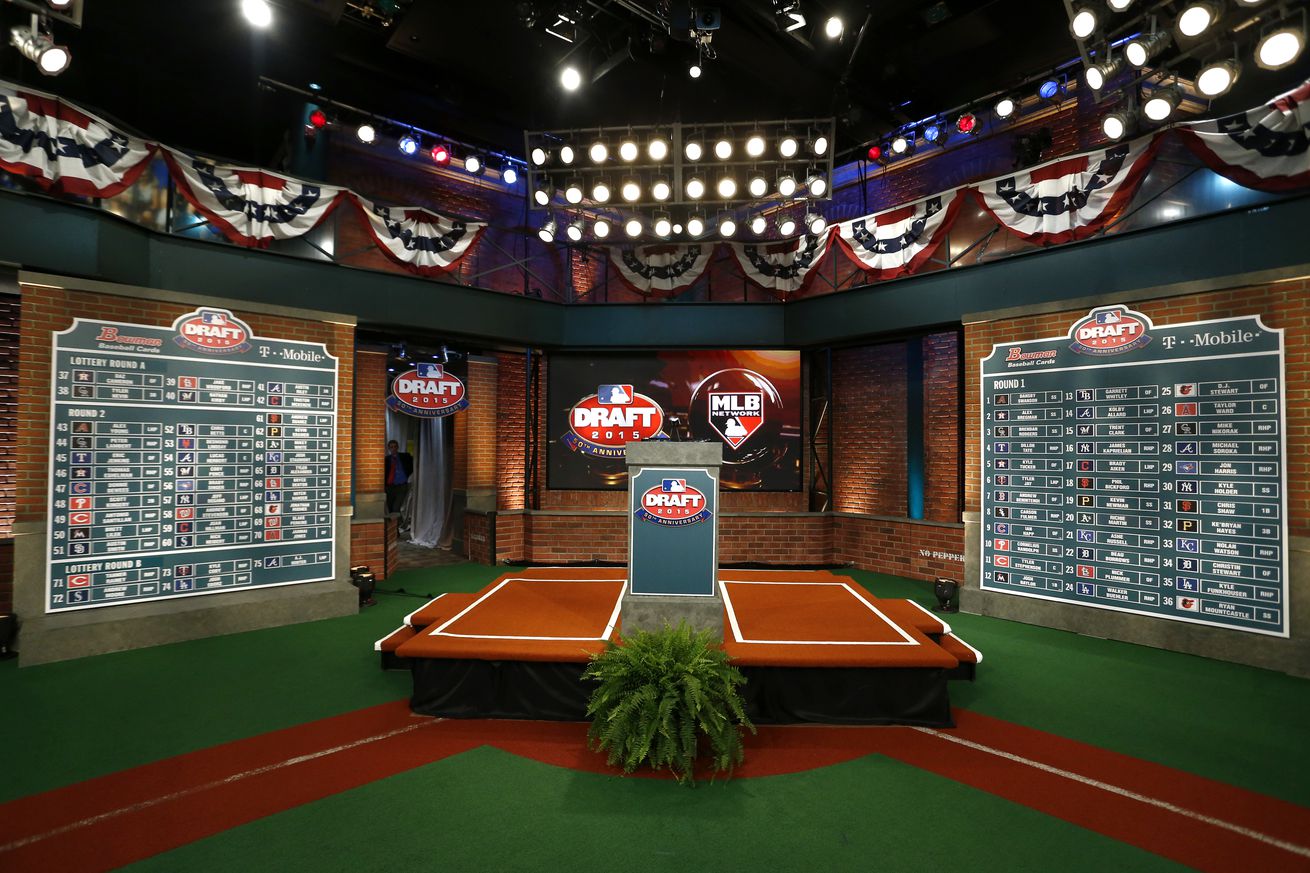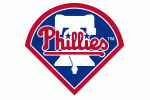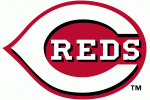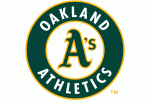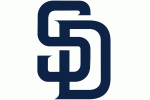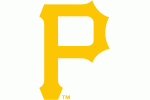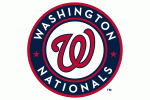...
By Brandon DuBreuil
If you’re a baseball fan outside of Taiwan, chances are you’ve never heard of Wang Po Jung (王柏融). If you have, you probably only know him as the “bat-flipping maniac” as Deadspin recently dubbed him. While he does have one of the finest bat flips in all of baseball, he’s also one of the best young position players that this small island nation has ever produced. He’s a superstar in the making and a name that baseball fans around the world need to know.
Wang plays for the Lamigo Monkeys of the Chinese Professional Baseball League (CPBL) in Taiwan, where, as a rookie, he’s doing some pretty amazing things in a talented league made up mostly of veterans and ex-MLBers.
Take this as a starter: At the end of the 2015 season, before even qualifying as a rookie, he hit nine home runs in 111 at-bats. He then proceeded to break a CPBL playoff record with 14 hits in a seven-game series, helping lead the Monkeys to the Taiwan Series and taking home the award for the most outstanding player of the playoffs.
This all happened in his first two months as a professional baseball player.
It’s time for the baseball world to meet Wang Po Jung, and what better way to introduce him than to let the native of Pingtung, Taiwan, tell you who he models his game after.
“Bryce Harper,” he said confidently through a translator before a game in June. “We’re both outfielders and left-handed hitters. Mike Trout, too, though he’s right-handed.”
It might seem outlandish, but to call Wang Po Jung the Bryce Harper of the CPBL wouldn’t be that much of a stretch. Besides the comparisons Wang made, they’re both roughly the same age and both put up ridiculous offensive numbers.
Before we go too far with superlatives and crazy stats, let’s rewind and take a look at how a 22-year-old earned the nickname “King Po Jung” before even playing an entire professional baseball season.
To continue reading this piece as well as other insightful articles on the CPBL, click here.
Bonus video: here is Wang going oppo-taco 13 rows deep (skip to 0:59). Crazy power to all fields
Bonus video: here is Wang going oppo-taco 13 rows deep (skip to 0:59). Crazy power to all fields





